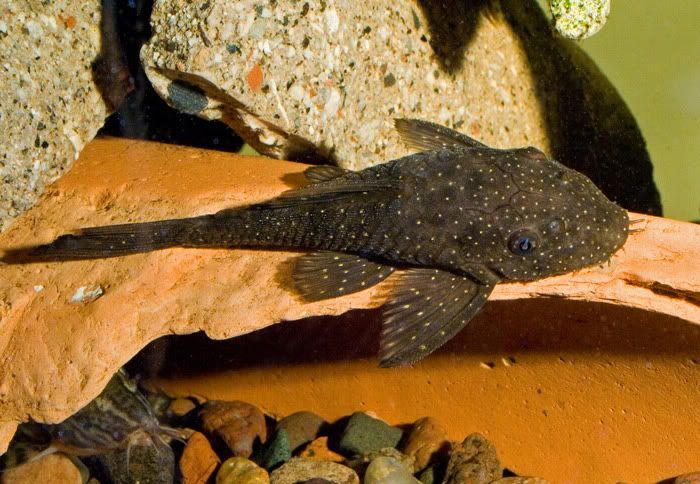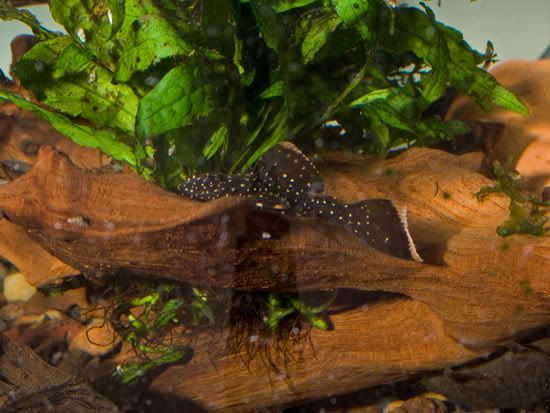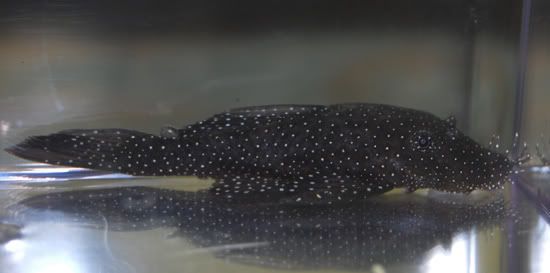

Many thanks
Kevin


Can you explain based on which characteristics you identify this fish as 'L182'?claro wrote:Hi,
It is brazilian Ancistrus sp. L 182.
Milan
MatsP wrote:So, Milan, your fish appears to be L182. I'm still not convinced the fish in the original post are L182.
--
Mats



Can I just clarify that my plec are identical to the plecs posted by claro with the red/orange seam on both dorsal and caudal fin, whatever they have been identified as.claro wrote:and more
sorry not this one, the one above it with the red seam on it's dorsal and caudal finclaro wrote:it is L 181
Can you please confirm that the fish shown in Claro's post are L182's or not. My fish are identical to these plec with the red/tan seam on the dorsal and caudal fins.MatsP wrote:So, Milan, your fish appears to be L182. I'm still not convinced the fish in the original post are L182.
--
Mats




I totaly agree outstanding and as they are not shy a gemSanplec wrote:What a beautiful fishes!
It indicates, in my mind, that they are the much more common (currently, at least) Rio Ucayali variant than the rarer Brazilian fish. However, being Czech captive bred (probably) specimens, who knows...kevin82 wrote:Hey guys
Just got 2 more of these and have found out that they are from the Czech republic
Not sure if this helps




